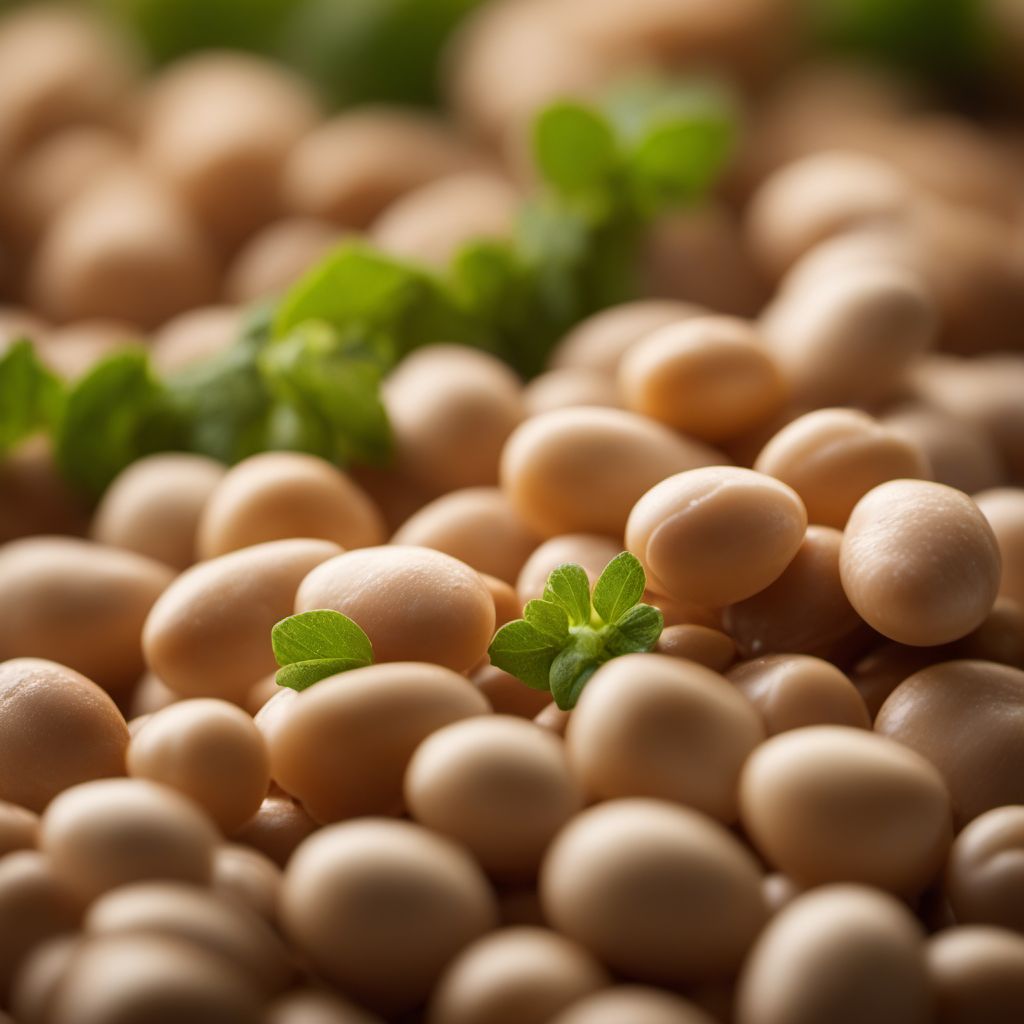
Ingredient
Legumes based dishes
The Protein Powerhouse: Legumes Based Dishes
Legumes, including beans, lentils, and chickpeas, are a diverse group of plants that are commonly used in various cuisines around the world. Legumes based dishes can range from hearty stews and soups to flavorful salads and spreads. They have a firm texture and a nutty flavor, making them a satisfying addition to both vegetarian and meat-based dishes.
Origins and history
Legumes have been cultivated and consumed for thousands of years, with evidence of their use dating back to ancient civilizations. They have played a significant role in the diets of many cultures, providing a reliable source of protein and nutrients. Legumes are native to different regions, with beans originating in the Americas, lentils in the Middle East, and chickpeas in the Mediterranean. Today, legumes are widely cultivated and enjoyed globally for their nutritional value and culinary versatility.
Nutritional information
Legumes based dishes are a great source of plant-based protein, fiber, and essential nutrients. They are low in fat and cholesterol and rich in vitamins, minerals, and antioxidants. Legumes are also an excellent source of complex carbohydrates, providing sustained energy and promoting digestive health.
Allergens
Some legumes, such as peanuts and soybeans, are known allergens and can cause allergic reactions in susceptible individuals. It is important to be aware of any allergies or sensitivities before consuming legumes based dishes.
How to select
When selecting legumes, choose dry beans, lentils, or chickpeas that are uniform in size, with no signs of discoloration or damage. Avoid beans that are wrinkled or shriveled, as they may be old or of lower quality. If purchasing canned legumes, opt for varieties with no added salt or preservatives. Rinse canned legumes thoroughly before using to reduce sodium content.
Storage recommendations
To maintain the freshness of legumes, store them in a cool, dry place, such as a pantry or cupboard. Keep them in airtight containers to protect them from moisture and pests. Properly stored, legumes can last for up to a year. Cooked legumes should be stored in the refrigerator and consumed within a few days.
How to produce
Legumes can be easily grown in home gardens or small spaces. They thrive in well-drained soil and require regular watering. Sow legume seeds directly in the ground or in containers, following the specific instructions for each variety. With proper care and maintenance, you can enjoy a bountiful harvest of fresh legumes.
Preparation tips
Legumes can be prepared in various ways, depending on the desired dish. They can be boiled, simmered, or pressure-cooked until tender. Legumes can also be sprouted for added nutritional benefits and a crunchy texture. Use legumes in soups, stews, salads, or as a filling for tacos and burritos. They can also be mashed or pureed to make spreads like hummus or refried beans. Experiment with different spices and herbs to enhance the flavor of legumes based dishes.
Culinary uses
Legumes based dishes are widely used in cuisines around the world. They are a staple in Mediterranean cuisine, where chickpeas are used to make hummus and falafel. In Mexican cuisine, beans are a key ingredient in dishes like refried beans and chili. In Indian cuisine, lentils are commonly used in dals and curries. Legumes are also popular in vegetarian and vegan cooking, providing a nutritious alternative to meat.
Availability
Legumes are cultivated and consumed globally. They are commonly available in grocery stores, supermarkets, and farmers markets in regions such as North America, Europe, Asia, and Africa.
More ingredients from this category
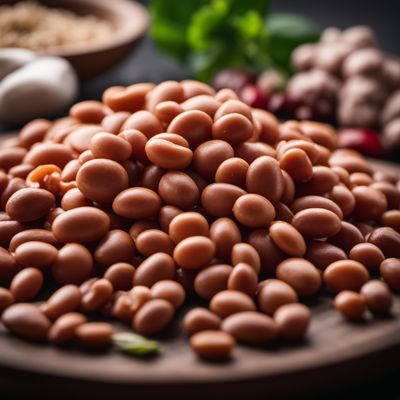
Beans and meat meal
Hearty Protein Delight

Hummus
The Versatile Chickpea Dip
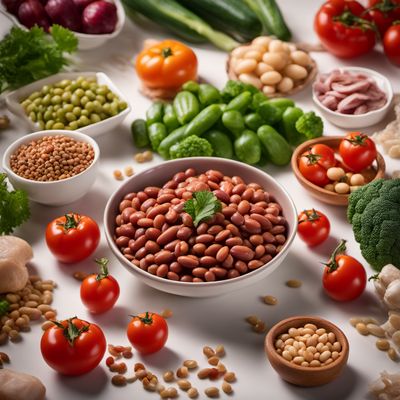
Beans, meat, and vegetables meal
Hearty Protein Powerhouse
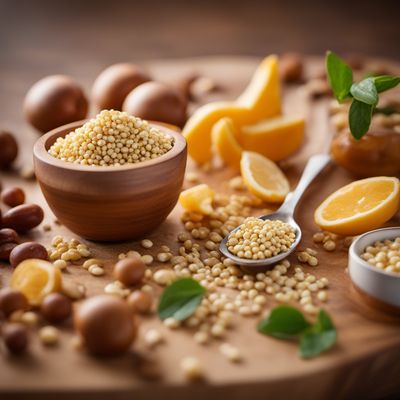
Dal
The Versatile Pulse: Exploring the World of Dal
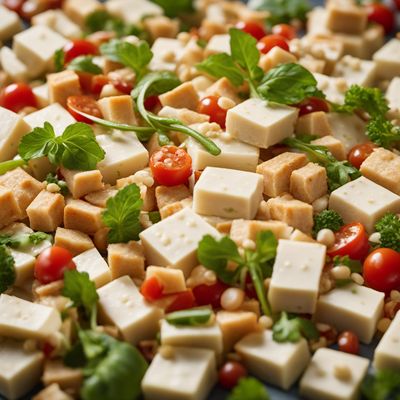
Tofu salad
Silken Delight
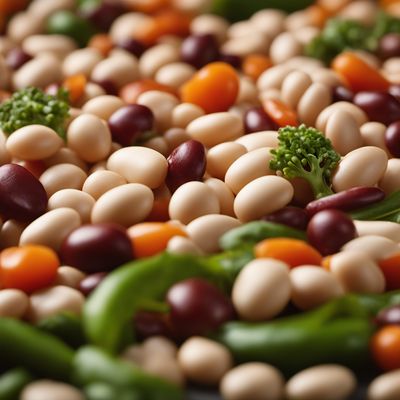
Beans and vegetables meal
Hearty Plant-Based Delight
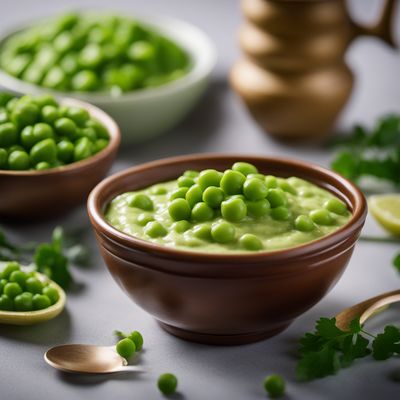
Mushy peas
The Comforting Green Delight